Rivers of Grace in Nigeria
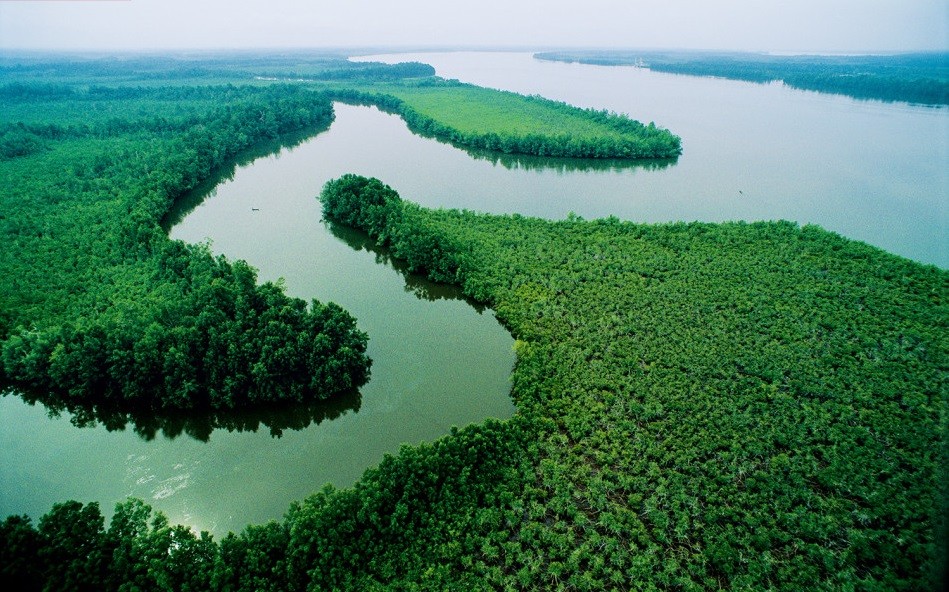
Lutheran Headwaters
As many streams flow together to drain West Africa into the Bight of Bonny, so also many fervent desires and events flowed together as the headwaters for the “Lutheran Mission in Nigeria.” Stream One: members of Lutheran “Negro Missions” in America’s South lobbied for a Lutheran mission to Africa. They raised $6,000 for this work by 1930 ($83,000 today). Stream Two: the Synodical Conference of North America wanted to open a new world mission for its 50th anniversary. Stream Three: the congregations of the Ibesikpo in southeast Nigeria wanted a new mission sponsor.
Let’s chart the flow of these three streams. Rev. Henry Nau (LCMS) headed Immanuel Lutheran College in Greensboro, North Carolina. The Ibesikpo people sent Jonathan Ekong, the son of a local chief, to America to study and to find a church mission sponsor. Ekong was a very brave young Christian witness, who had already influenced his father and other leaders to become Christians. At Immanuel Lutheran College Ekong met Rev. Nau. They urged the Synodical Conference committee to choose Nigeria as its new overseas field. That committee sent three men, including Nau, to explore Nigeria’s potential in 1935. The Synodical Conference sent Rev. and Mrs. Nau to Nigeria in 1936 to prepare the field for the first permanent missionaries.
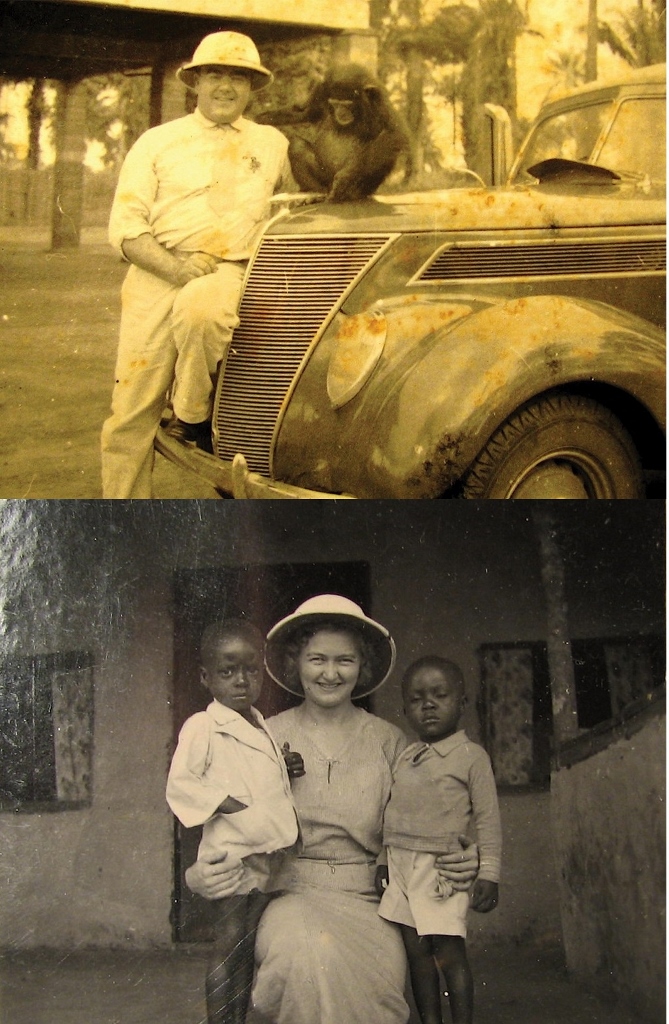
Nau lived on the Nigeria field for 18 months, the last six months overlapping the arrival of the first permanent Synodical Conference missionary, Rev. Bill Schweppe (WELS) and his wife Leola in 1937. Under Schweppe, the Lutheran Mission expanded in every direction. His partners were missionaries, teachers, doctors, and nurses representing LCMS, WELS and ELS. Equally important was the work of many faithful Nigerian pastors, teachers, and leaders. The “big station” mission strategy was typical for that time: churches, elementary schools, Lutheran high school, teaching training school, clinics, hospital, and seminary. These mission efforts were the tributary streams of a broad river named The Lutheran Church of Nigeria.
When the ELS and WELS left the Synodical Conference, the work in Nigeria was left to the LCMS. By 1962 WELS no longer participated in the work in Nigeria.
Diversions and Confluences
When civil war came to Nigeria in 1967, Lutherans were caught in the conflict. In just three years, the Biafran war brought horrible suffering and atrocities. The Lutheran Church of Nigeria also became divided against itself. In 1969 Lutherans of the Anang clan north of Abak withdrew from the LCN and formed Christ the King Lutheran Church of Nigeria (CKLCN) with one pastor, two seminary seniors and fifteen congregations. Many Lutherans resisted this division, sometimes with violence. Some leaders of the new movement were arrested.
Several sons studying in the U.S. during these years lobbied WELS to link with the newly-formed Lutheran synod in Nigeria. Rev. E. H. Wendland, Rev. Theodore Sauer and a number of other WELS missionaries and pastors made teaching visits. In 1981 WELS declared fellowship with CKLCN. The confluence of these two rivers brought the CKLCN guidance, training, and support from WELS. Starting in 1985, WELS Counselor Rev. John Kurth made repeated visits for several years. Christ the King Lutheran Seminary started its first class with Rev. Larry Schlomer and Rev. Prof. Harold Johne as instructors and graduated its first class of six in 1994.
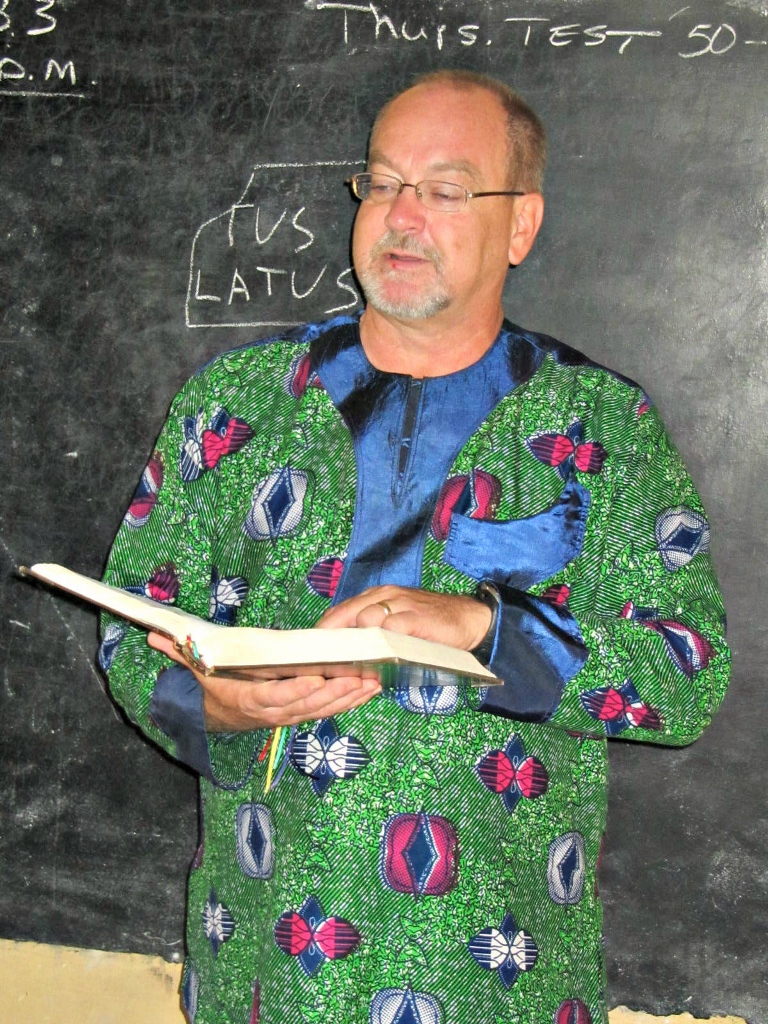
In 1991, a second diversion from the Lutheran Church of Nigeria developed 250 miles to the northeast in Ogoja. This group registered as All Saints Lutheran Church of Nigeria (ASLCN). They also suffered some arrests and violence. It is interesting that Rev. Nau had completed a round trip to Ogoja by cycle, canoe, lorry, and by foot already in 1935. ASLCN people were unaware of CKLCN and of WELS. They thought they were standing alone in the world, but the Master Weaver knit the strands together. God led the leader of ASLCN to worship at a CKLCN congregation in Calabar, 175 miles from his home. CKLCN and WELS made visits to the Ogoja area and joined in mutual doctrinal studies. In 2000 CKLCN and ASLCN declared joint fellowship. In 2001 WELS declared fellowship with ASLCN, completing the confluence of these three rivers of God’s grace. At the time, All Saints Lutheran had two pastors and twenty congregations. All Saints accepted the hand of church fellowship without expecting WELS subsidy for salaries and synod expenses. Even so, there are many benefits for ASLCN, the most important of which is training for their new pastors. Since 2004 ASLCN has ordained 15 pastors who were trained in partnership with CKLCN and WELS.
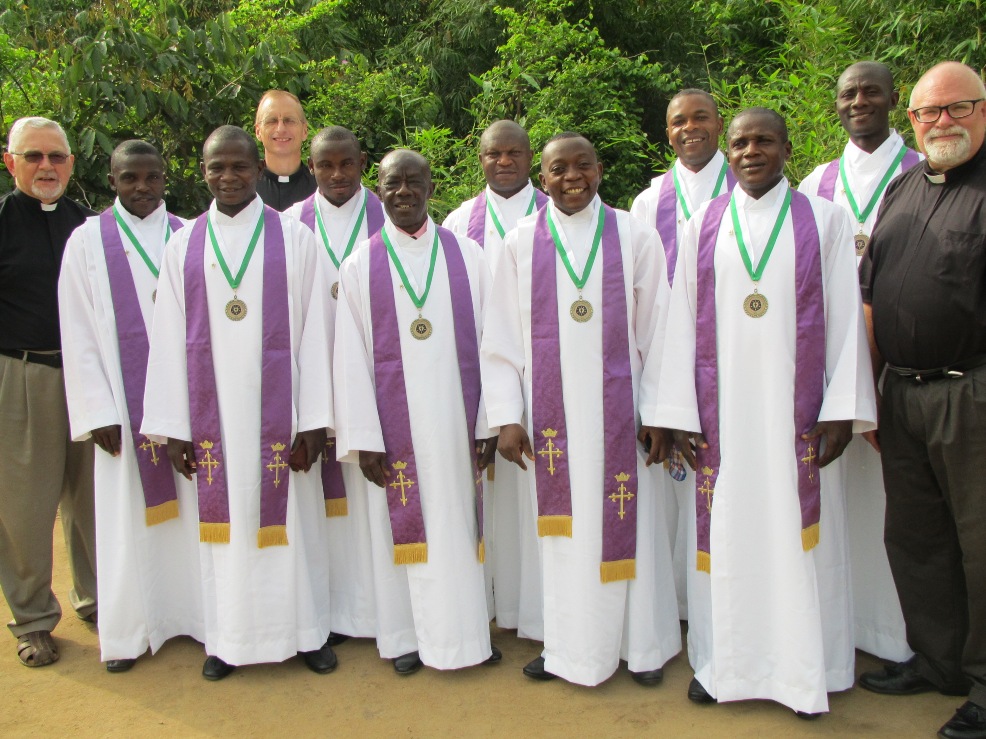
Our River of Grace in Nigeria Today
For the last 15 years, the WELS river guide on the confluence of CKLCN, ASLCN and WELS was Rev. Douglas Weiser. After Weiser’s retirement in 2017, Rev. Jeff Heitsch answered the WELS call to be a missionary to both Cameroon and Nigeria. He and his wife Stephanie moved to Bamenda, Cameroon where Heitsch will assist pastors and congregations of the Lutheran Church of Cameroon. He will also continue making visits to Nigeria to assist the two synods there and to provide WELS oversight for the theological training of pastors. It’s a multi-task call, and we trust the Lord God to provide and sustain.
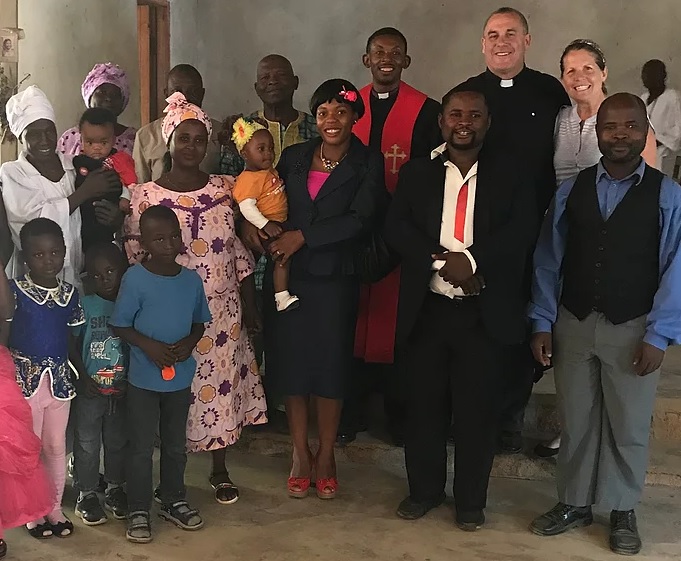
Without resident WELS missionaries, the two synods of Nigeria must be more independent than most. They do not enjoy the level of face to face contact and financial support that many other WELS missions have, but they persist because they believe in the need of the Nigerian people to hear the pure message of the Gospel. In this 49th year of CKLCN and 27th year of ASLCN, pray for the Lord’s continued blessings on these two synods and the WELS missionaries and volunteer instructors who ply the river of God’s grace with them.
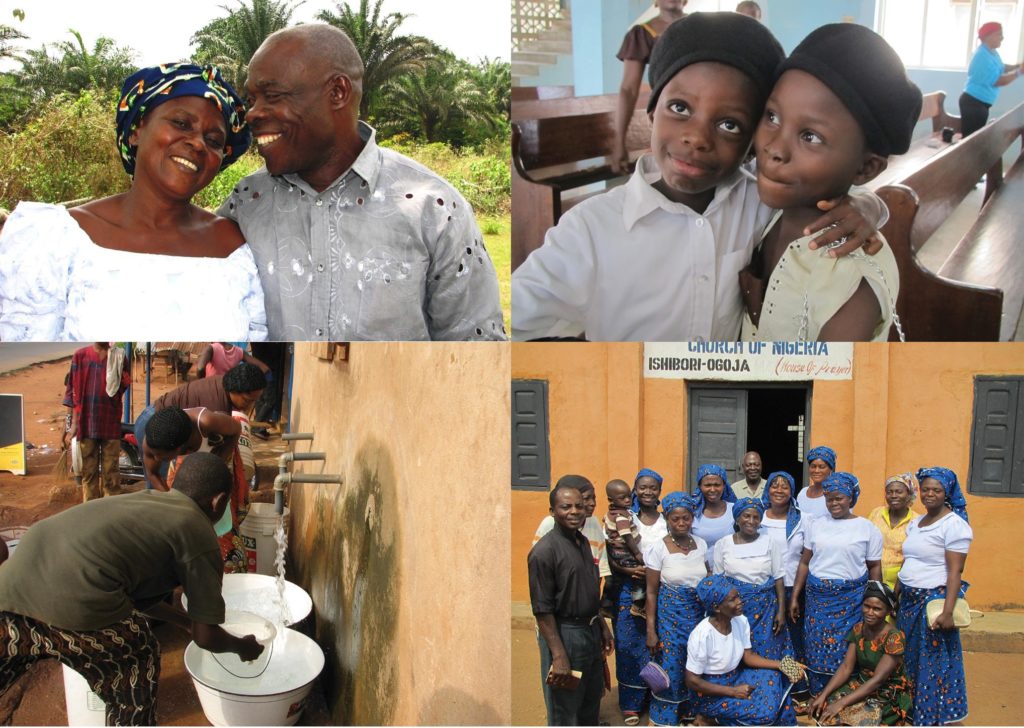
For further information about the history of Lutheranism in Nigeria click here
Please pray for those working in fields that are ripe for harvest. Share their story, engage with future news and receive updates. Go to this link to learn more about our mission fields in Africa and how the Holy Spirit is working faith in people’s hearts https://wels.net/serving-others/missions/africa
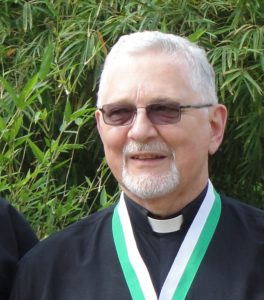
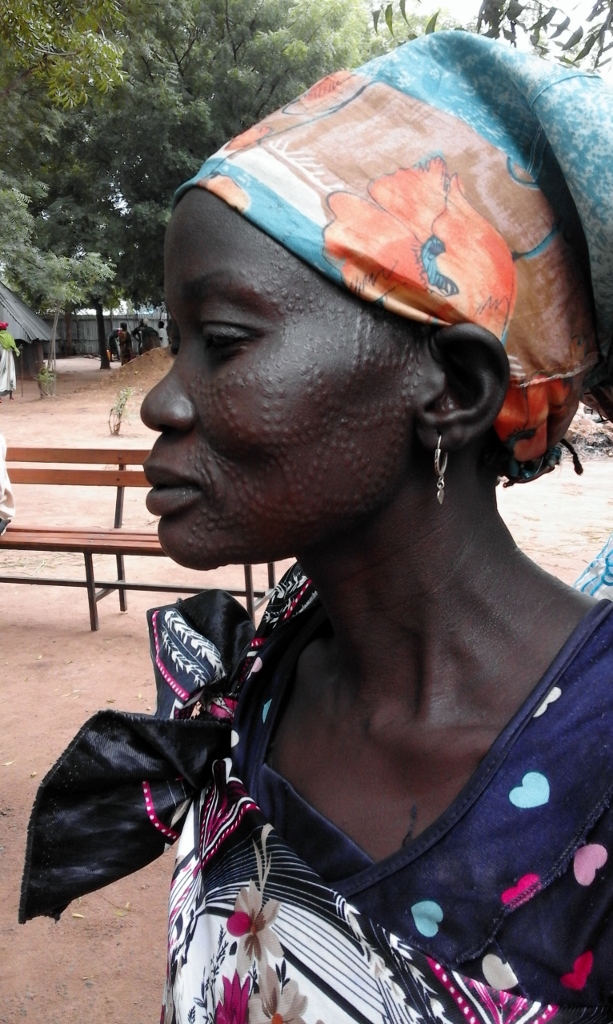
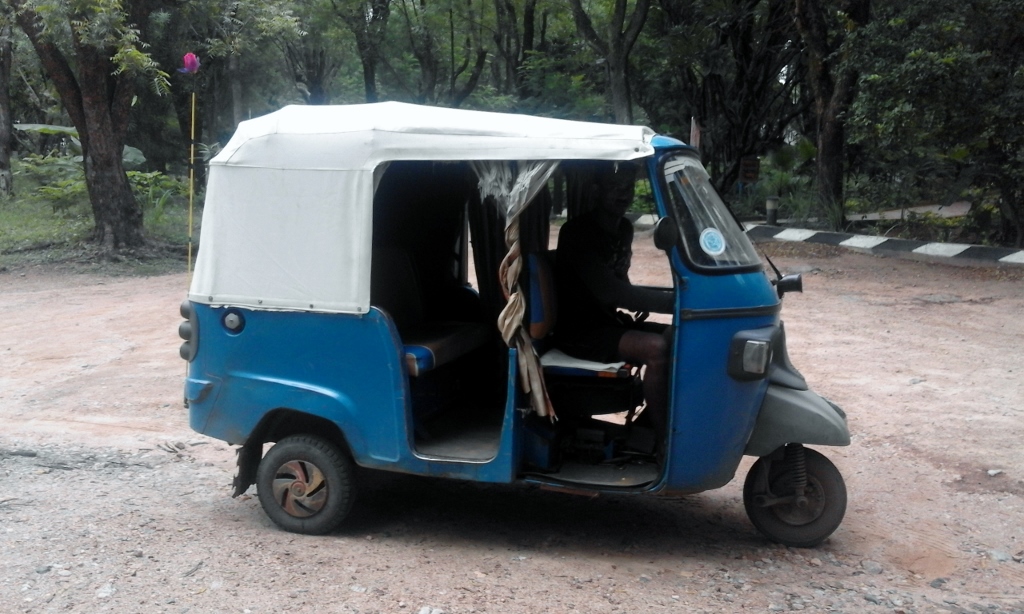
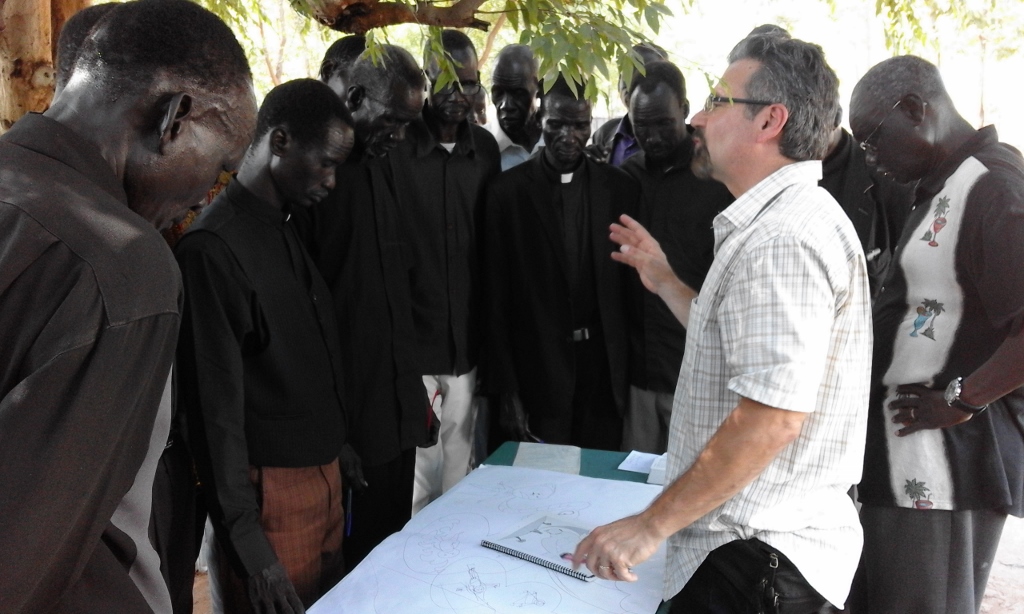
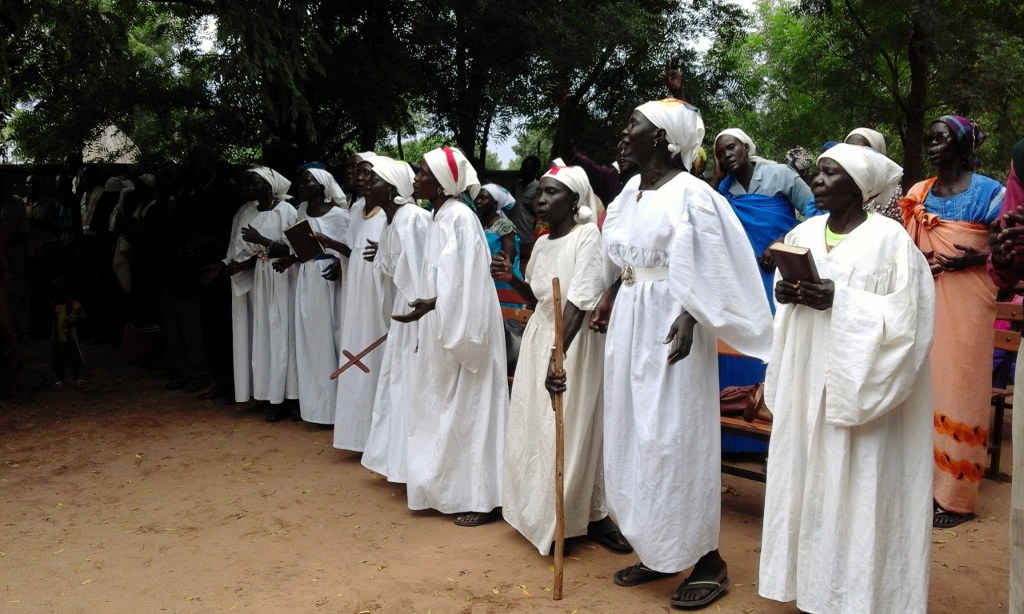
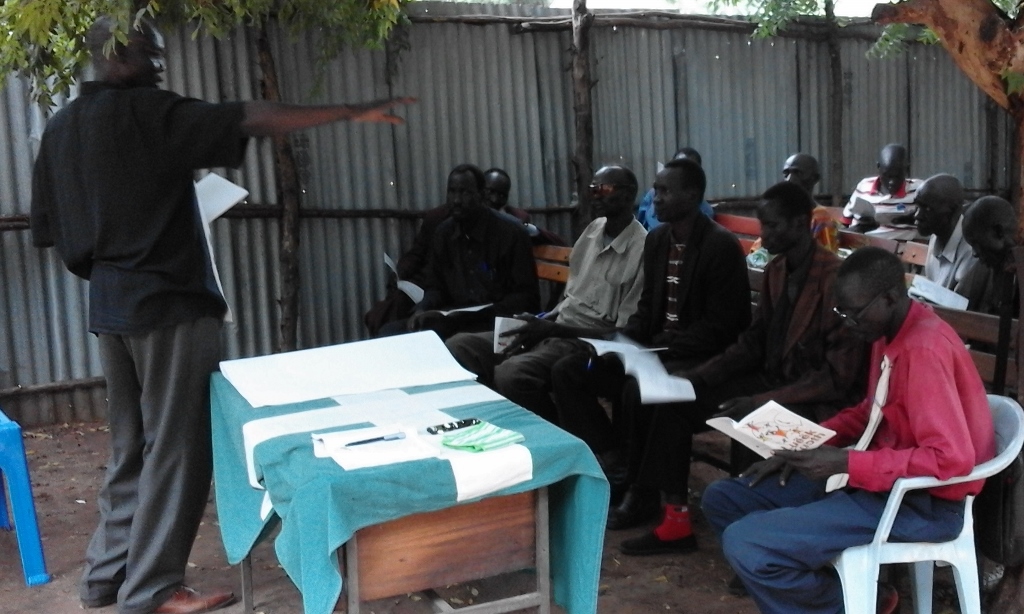
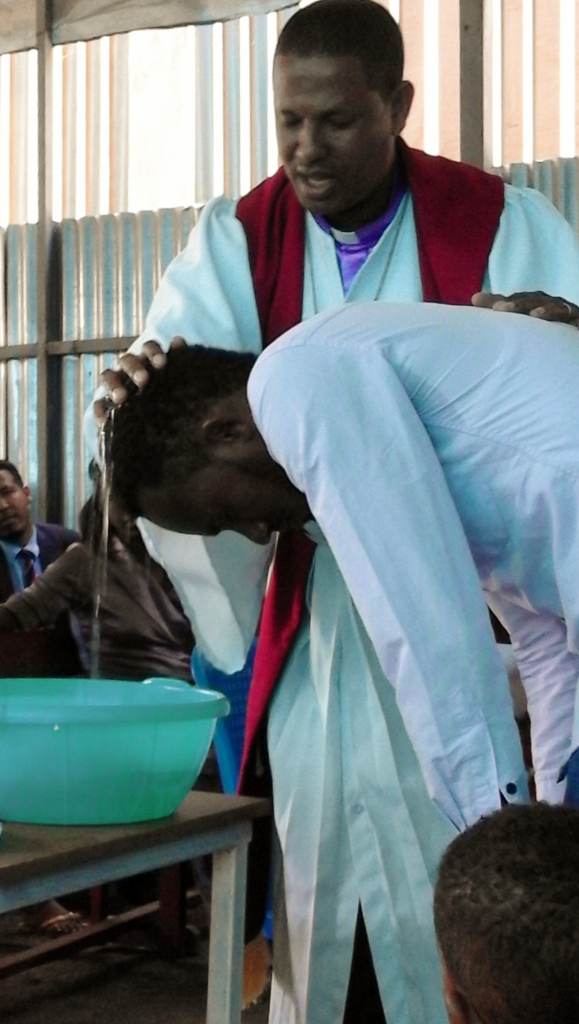
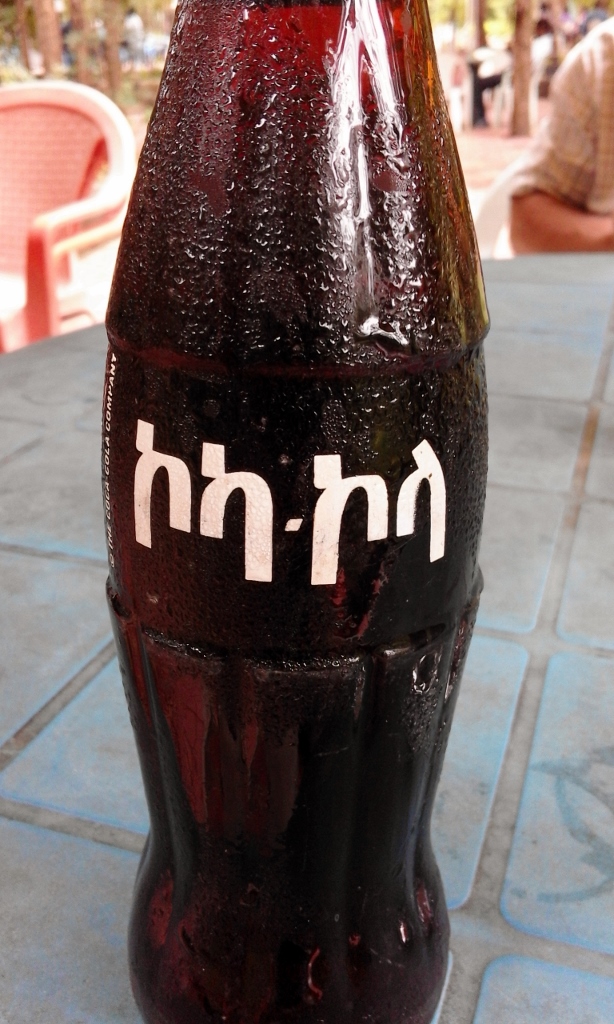
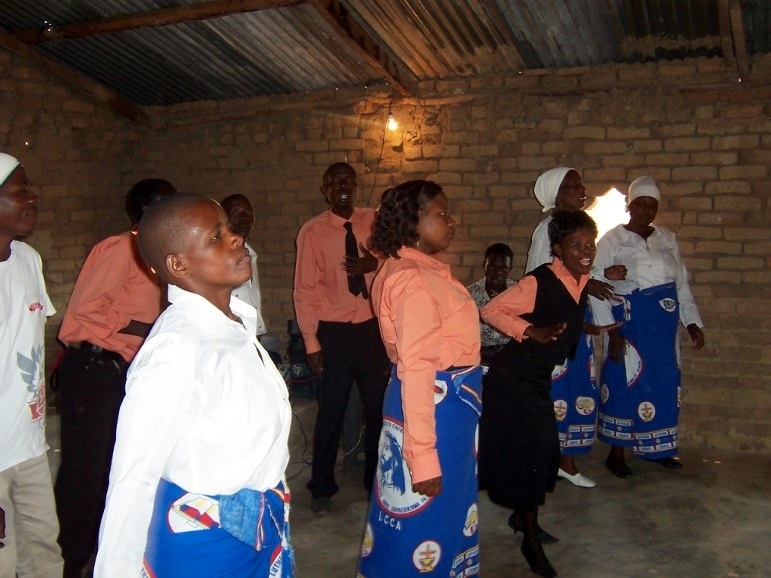
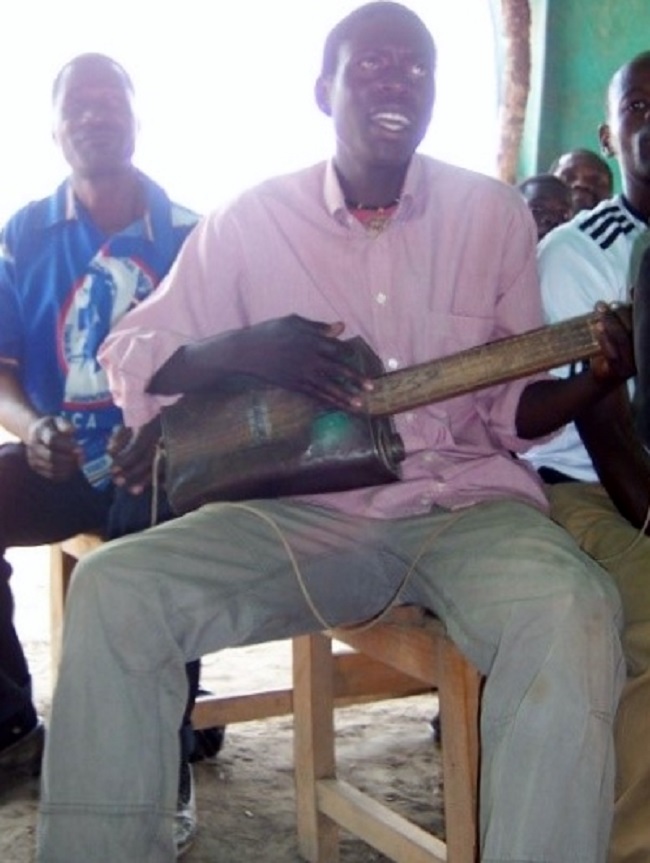
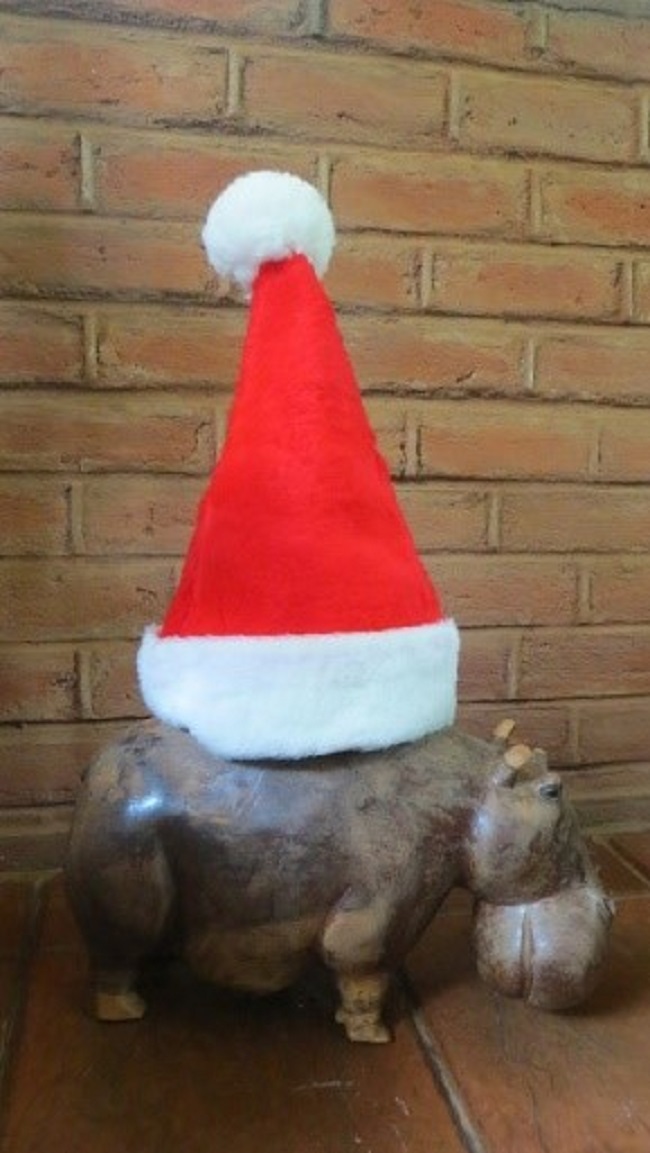 And there still are missionaries who live in far off lands who, at Christmas time, still set up trees, decorate their houses and string lights even though there’s little power. Some still display nativity sets…with or without a hippo. On behalf of the Lutheran Mission in Malawi I wish you a most blessed Christ-filled Christmas!
And there still are missionaries who live in far off lands who, at Christmas time, still set up trees, decorate their houses and string lights even though there’s little power. Some still display nativity sets…with or without a hippo. On behalf of the Lutheran Mission in Malawi I wish you a most blessed Christ-filled Christmas!